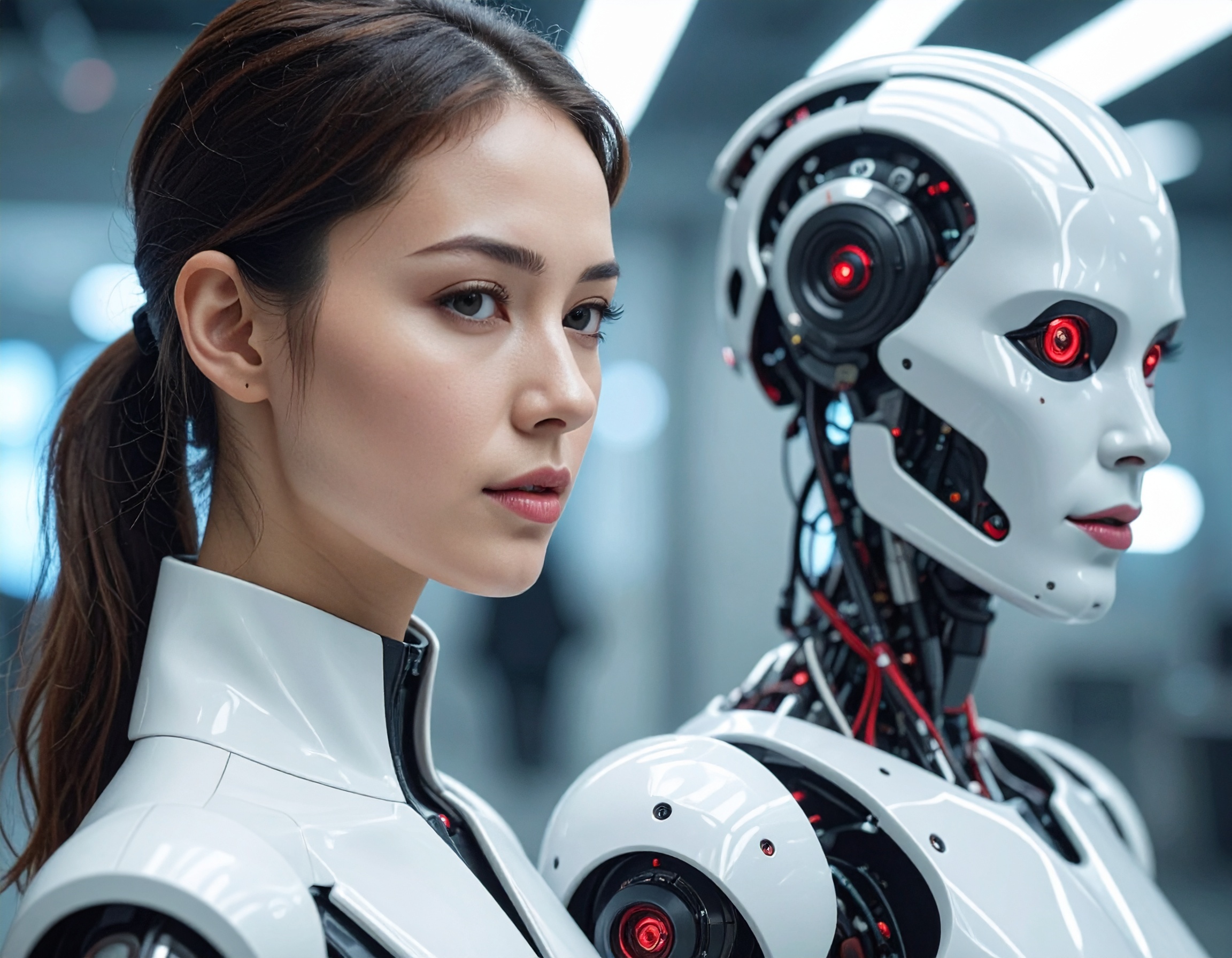Robot Tutors Unite: Social Robots for Child Development Take Center Stage

What’s New and When
On 28 August 2025, a broad bibliometric study—covering the decade from 2013 to 2023—was published in Humanities and Social Sciences Communications. The article, titled “Social robots for child development: research hotspots, topic modeling, and collaborations,” maps out the landscape of academic work exploring how social robots support children’s cognitive, emotional, and social development . It reveals significant growth in the field, fueled by advancements in AI and robotics.
Mapping the Landscape of Research
The study analyzed 5,688 publications using tools like Bibliometrix, VOSviewer, and Tableau to uncover emerging and established research trends . Key areas include:
- Robotics education, human–robot interaction, STEM education, and use of robots for children with disabilities;
- Emerging interests in preschool education, inclusive education, and enhancing classroom teaching.
Importantly, while the United States leads in volume and citation impact, other regions—like China and Europe—are notable contributors, though disparities persist .

Why It Matters: Examples and Insights
What makes this study especially relevant is its illustration of how AI-powered social robots are not just tools but potential partners in children’s learning:
- These autonomous or semi-autonomous agents—sometimes embodied, sometimes virtual—can engage children emotionally and cognitively through speech, gestures, and expressions .
- They serve as AI Employee-like assistants: in classrooms they help teach STEM, programming, or language; in therapy or inclusive settings, they act as patient, consistent Non-Human Workers that help children with autism or motor disabilities.
- Yet, creativity and deeper AI integration remain under-explored (“basic themes”), signaling opportunities for future innovation .
- Finally, the study highlights the urgent need for global collaboration to ensure these Voice AI Agents and embodied robots benefit diverse education systems equitably .
Looking Forward: Connecting the Dots
Taken together, this analysis shows a field maturing beyond pilot studies into a global, data-rich domain. While the U.S. leads, the growing involvement of other countries and interdisciplinary institutions points toward a more inclusive future. If social robots are to become ubiquitous non-human employees in educational and therapeutic roles, we’ll need to expand research into under-addressed themes—like creativity, emotional development, and equitable deployment—while ensuring technological advances meet ethical and developmental needs.
Key Highlights:
- Scope: Bibliometric analysis of 5,688 publications.
- Main research themes:
- Robotics education, STEM, computational thinking.
- Human–robot interaction, therapy for disabilities.
- Programming education and emerging technologies (e.g., AR/VR).
- Emerging trends: Preschool education, inclusivity, enhancing classroom teaching.
- Regional insights: U.S. leads; China and Europe active; global disparities exist.
- Gaps & future opportunities:
- Creativity and AI integration under-researched.
- Need for broader international collaboration.
- Relevance: Shows how social robots—AI Employees, Non-Human Workers, and Voice AI Agents—are becoming integral to learning and development, and why the field’s trajectory matters.
Reference:


